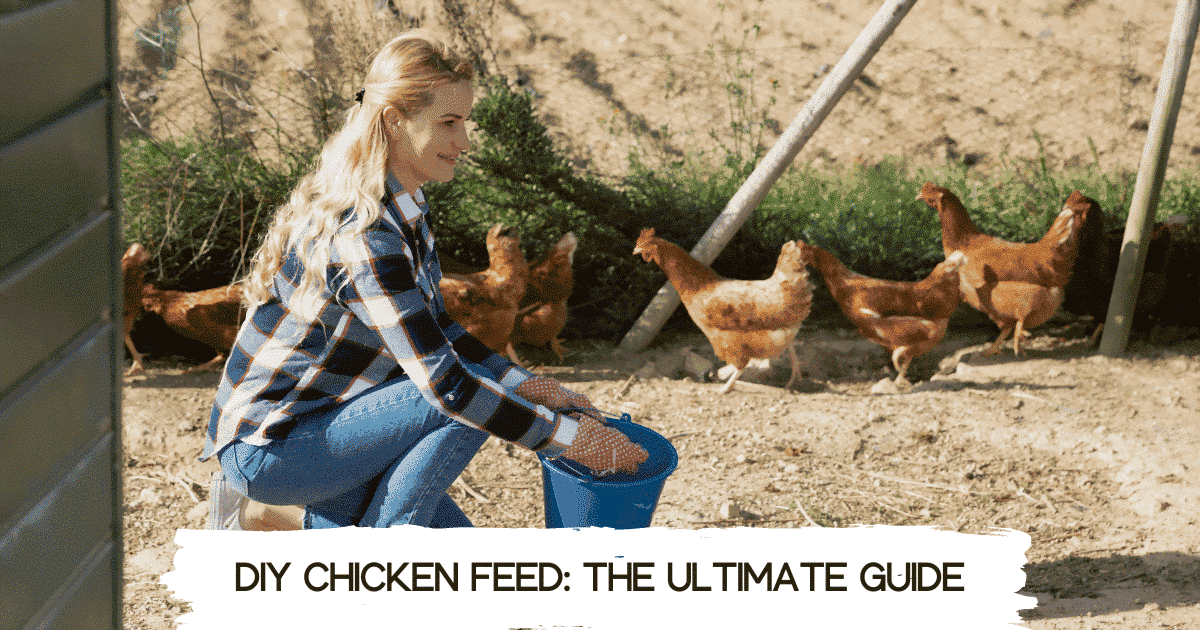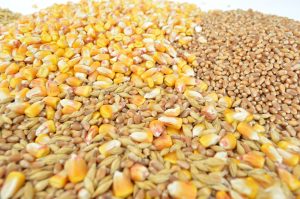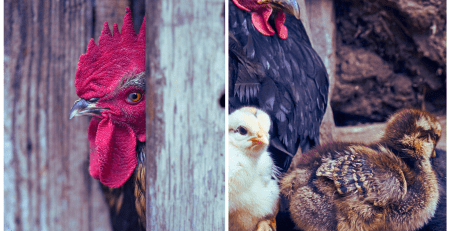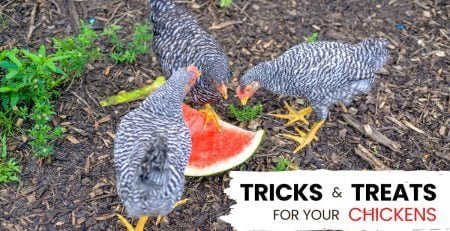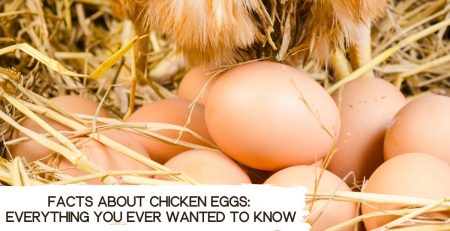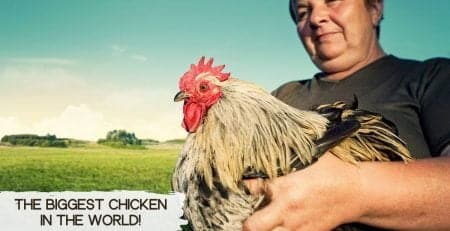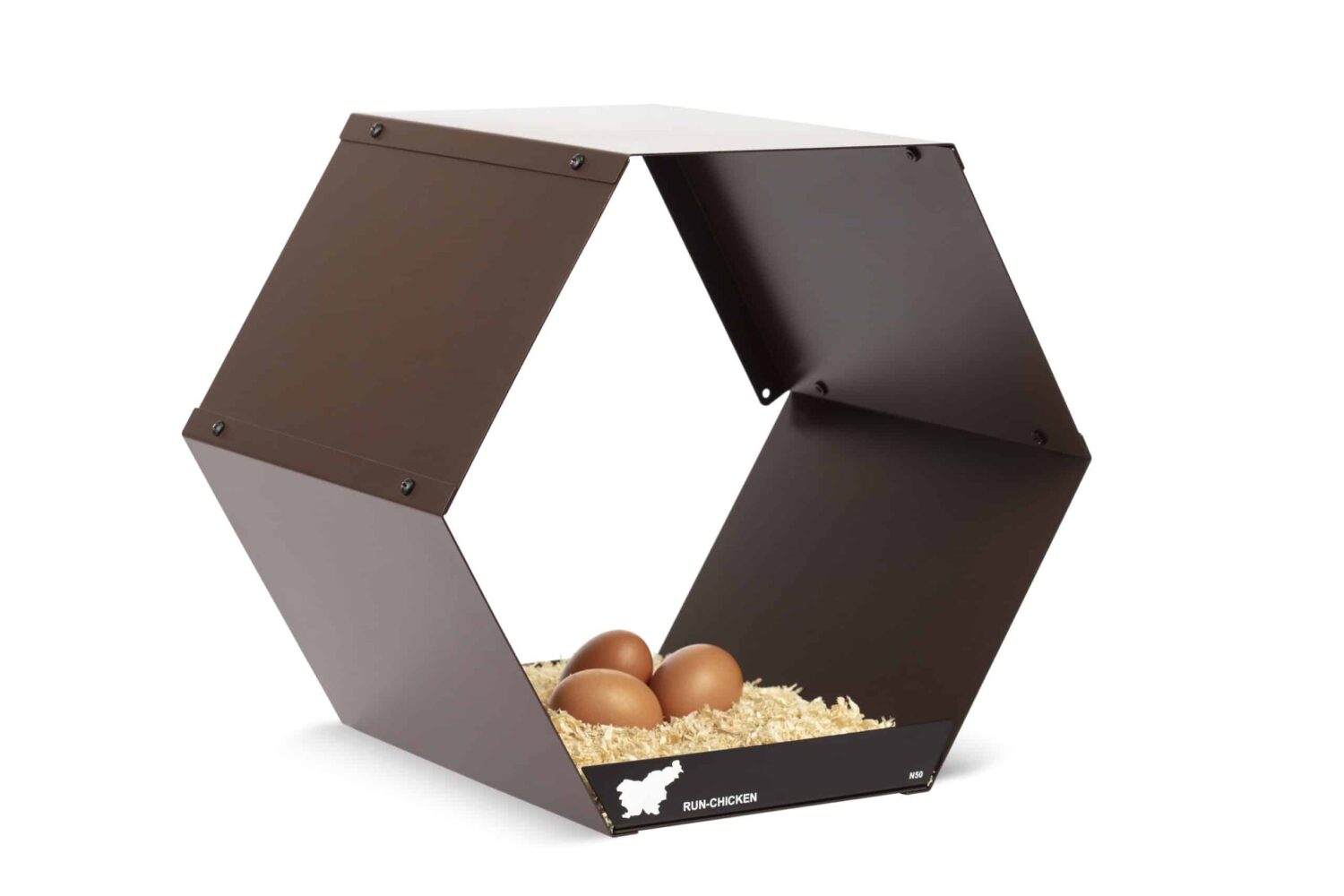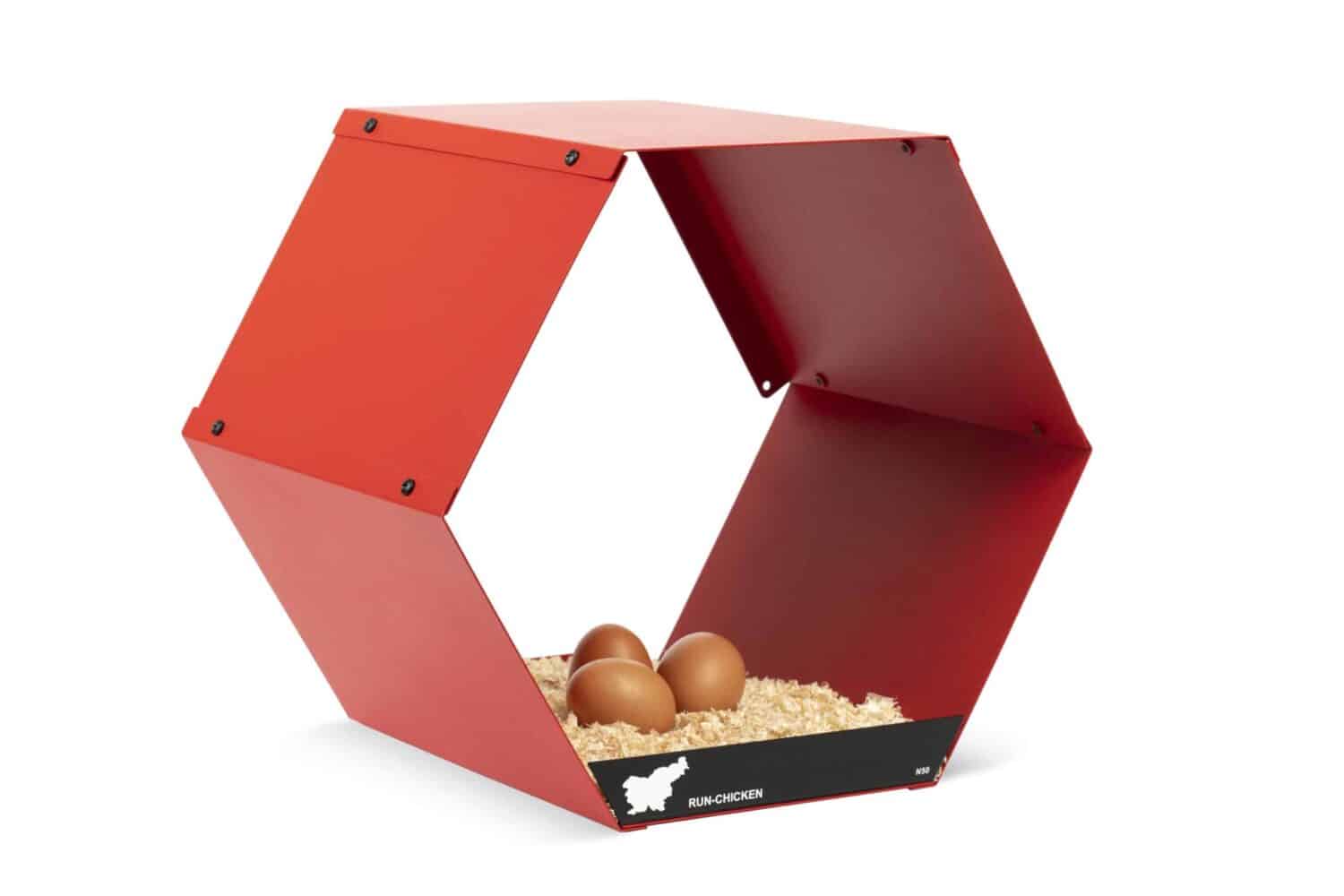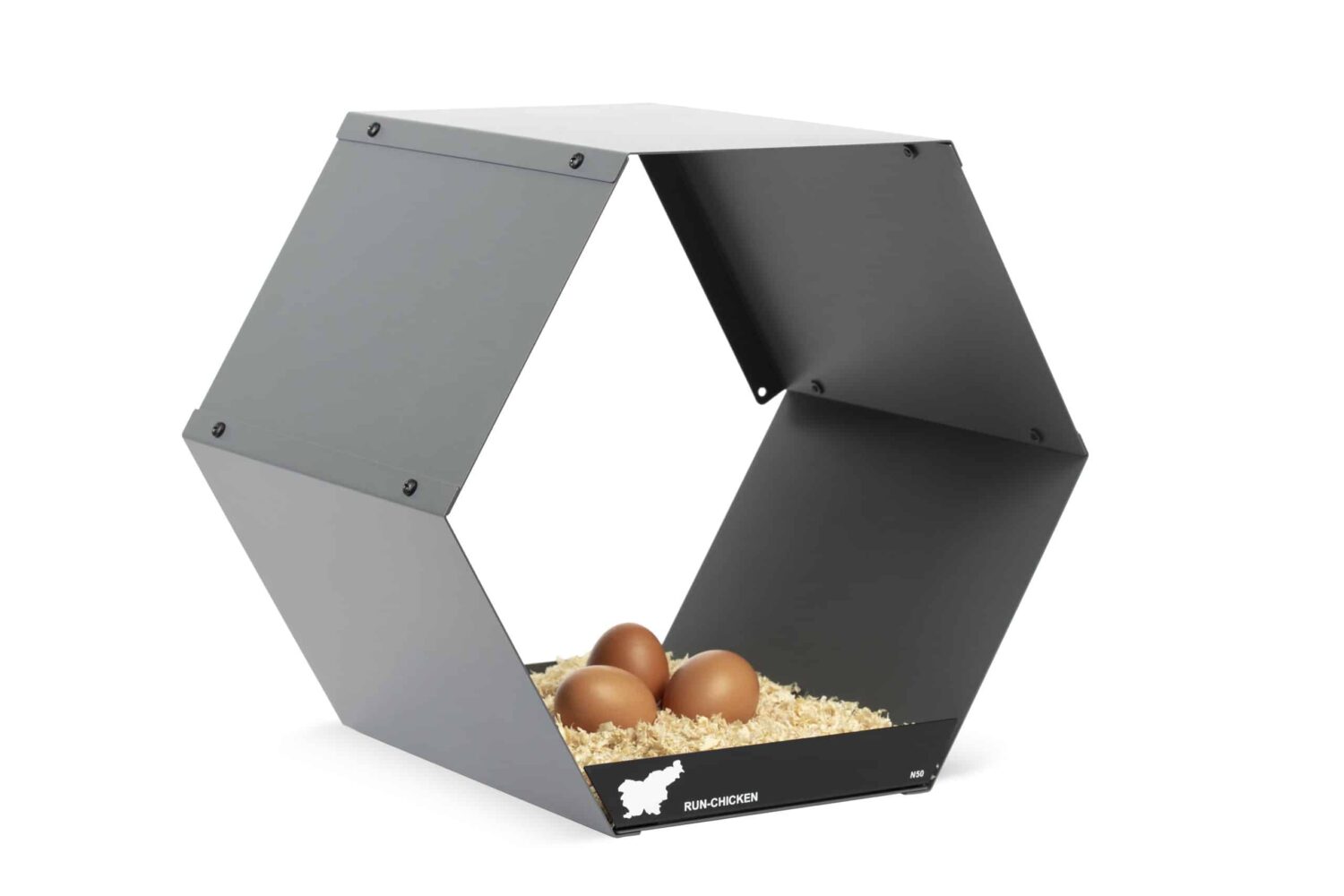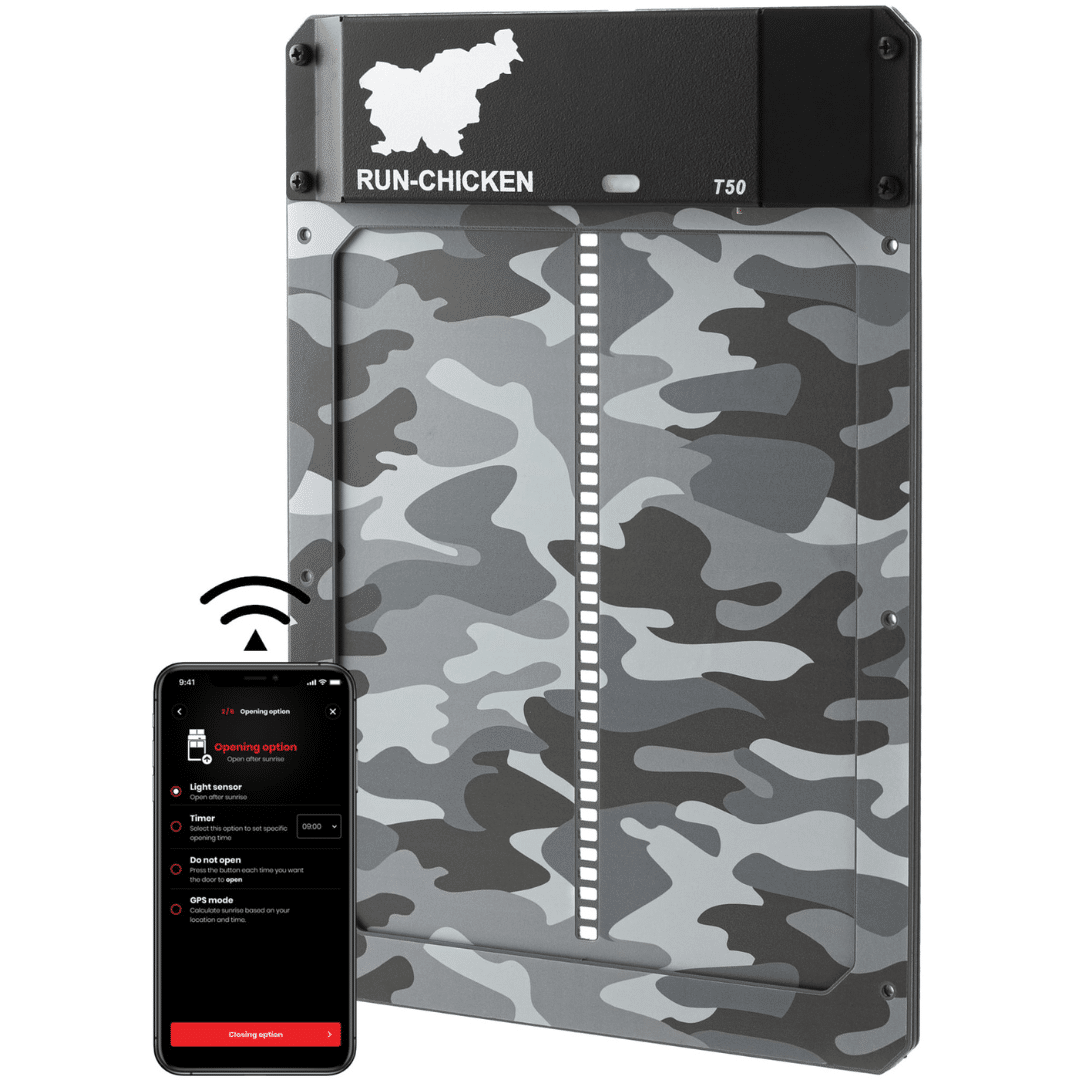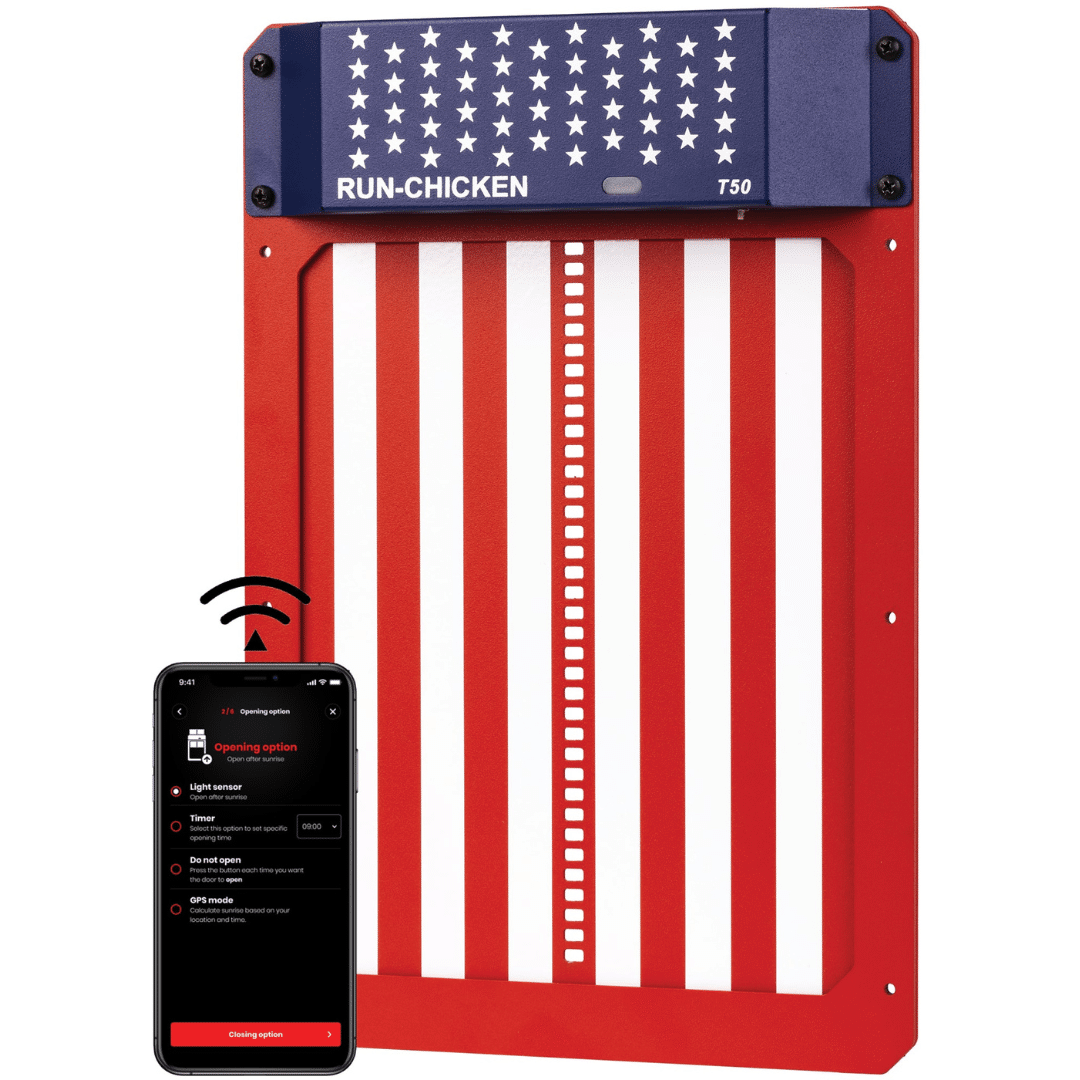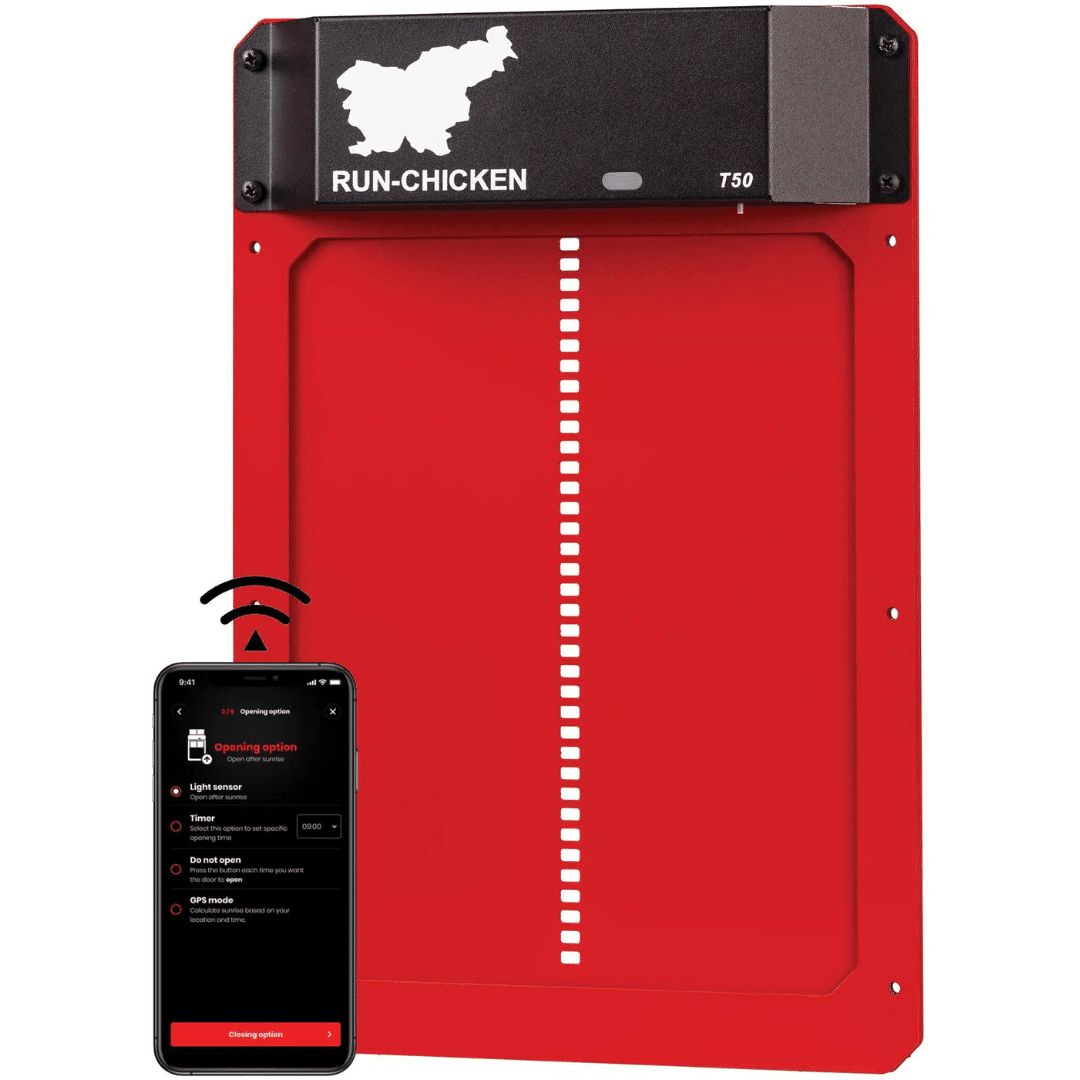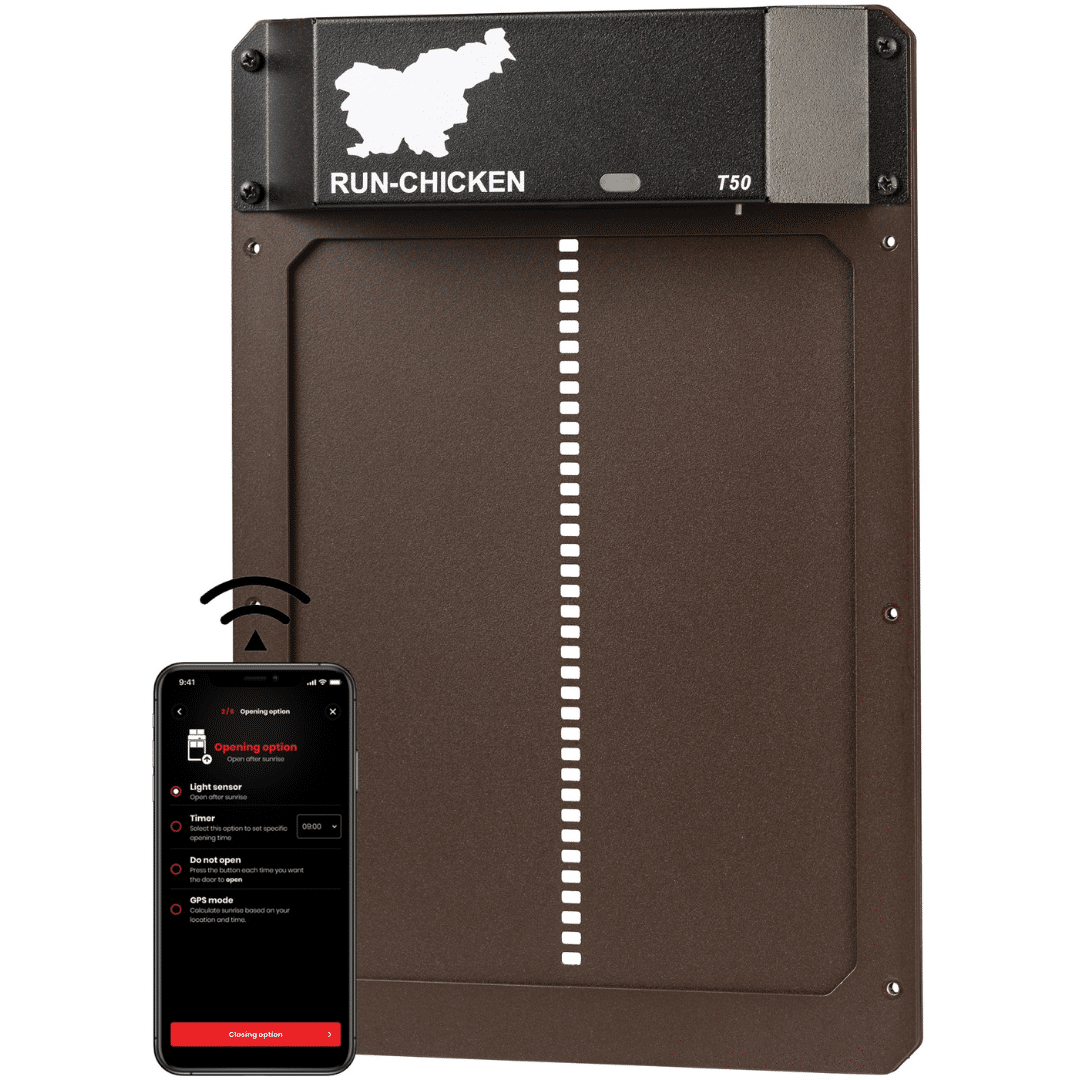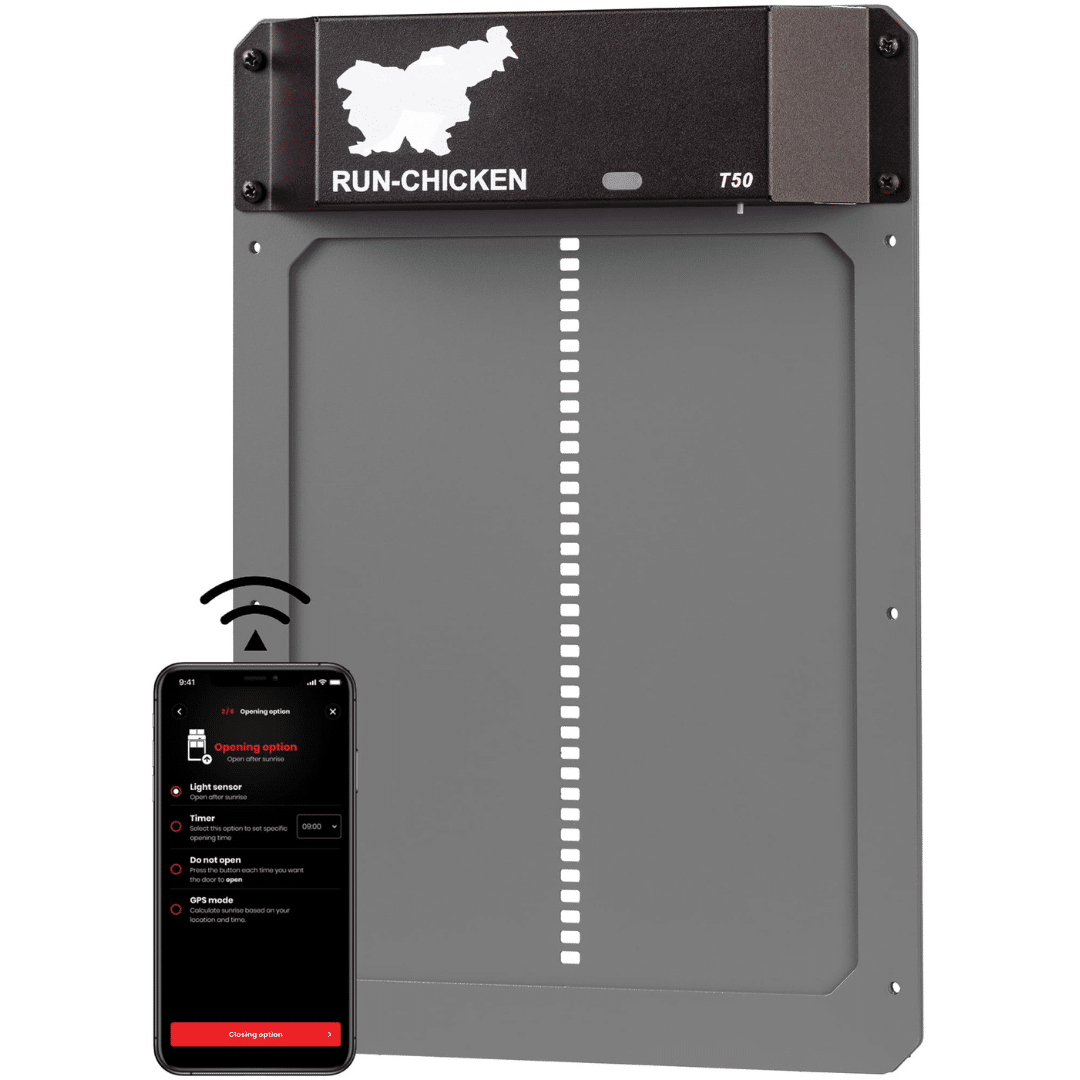Chickens love to roam freely and peck around the backyard to scratch grains, grasses, insects, herbs, and worms. But not every season there is an abundance of this variety of chicken food, to provide a balanced diet with all the necessary nutrients and minerals chickens may need. Whether you are also looking to cut down on feed expenses or looking into sustainable practices for prepping, making your own DIY chicken feed can be a smart practice to possess.
In this article, you will learn everything you need to know about your chickens’ nutritional requirements and how you can meet them without purchasing commercial feed or supplements.
Why is balanced DIY chicken feed so important?
Chickens need a balanced diet similar to ours: proteins, carbohydrates, and fats, which supply the chickens with nitrogen, hydrogen, and carbon. Elements such as manganese, sodium, calcium, phosphorus, zinc, iron, selenium, and sulfur as well as vitamins must also be ingested through their food.
Free-range chickens get a balanced intake of nutrients by pecking green fodder, seeds, worms, snails, and other insects. But some chickens spend much of their lives indoors, and they need help to cover their nutritional needs.
Chickens, especially hens, generally need more food in the winter. You will also want to make sure your chickens have extra protein to keep their strength up during the colder months.
For more tips to prepare yourself for the winter or to print out the list to tick off when caring for your flock in winter weather, read more here..
If a balanced diet cannot be guaranteed, this often results in deficiency symptoms and misbehavior, which is reflected, for example, in patchy plumage, feather pecking, cannibalism, or eggs of inferior quality.
The best way to avoid any deficiency symptoms is to vary different feeds. Even if you only use complete feed, you should vary it to avoid an unbalanced diet.
Best nutrients ratio
Even with chickens that occasionally spend time outdoors, it is important to ensure a varied dietary supplement and variation of the feed. Occasionally it is important to use special feed, as otherwise, an excess of nutrients can occur. This often leads to the most diverse forms of intolerance.
When varying the different feeds, the following macronutrient ratio should always be observed:
1 protein : 4 carbohydrates/fats
Stick to the ratio and make chickens feel safe by installing an automatic coop door. They will be protected from predators and lay more delicious eggs. If you want to give your animal a better life, then we recommend leaving enough space between the drinking trough and the trough. As a result, the chickens have more time to digest and they do not eat their feed too quickly. In extreme cases, eating too quickly can lead to behavioral disorders and digestive problems.
Macronutrients for the best healthy DIY chicken feed:
Proteins – for the development of body tissue and cell regeneration, and it benefits almost every part of your chickens’ body.
Carbohydrates – carbs help give your chickens plenty of energy – something they need to keep warm in the winter and keep scratching in the summer.
Fats – another energy source, fats keep your chickens’ bodies in prime operating condition.
Vitamins – everyone needs an extra boost of vitamins to grow and develop, and chickens are no exception.
Minerals – minerals contribute to normal body systems and functioning. They help your chicks grow into happy, healthy adults.
Both vitamins and minerals are essential for layers and meat chickens.
For DIY chicken feed, it is necessary to know what your chickens need to stay healthy. Nutritional needs vary on the breed, age, use, and attitude.
The DIY chicken feed should consist of the following three main categories:
- complete chicken feed pellets
- fruits, vegetables, and proteins
- food from the free-range, combined with homemade chicken feed
Depending on the season, these components should be made available to the chickens in different proportions. The optimal food composition is:
- High-quality complete chicken feed pellets should be available at any time, regardless of the season. This feed should be varied. All main manufacturers should meet these requirements.
- Fruit, vegetables, and proteins should be offered to chickens as fresh feed. You can serve it as a special treat. The only limit is your imagination: carrots, zucchini, berries, apples, lettuce, nettles, mealworms, and black soldier fly larvae… the possibilities are endless and they are all rich in vitamins. However, any type of citrus fruit and very vitamin-rich fruit such as kiwis should be avoided. This occasionally causes digestive problems.
- Free-range food can replace large parts of chicken feed. A wide variety of worms and beetles, which are meticulously sought out by poultry, cavort between the different forms of herbs and grasses. Free-range chickens find about 50 – 60% of the feed they need in the backyard. Combined with a DIY chicken feed of corn, barley, and wheat, this type of food is not just natural, it’s also easy on the wallet.
You will not be able to avoid the so-called requirement value table during the first attempts. It helps you to fulfill your DIY chicken feed with some new ingredients.
REMEMBER: when making a DIY chicken feed, you should always add what cannot be found in your free range depending on the season.
You can share your DIY chicken feed with our community on Facebook group Chicken&Egg lovers.

